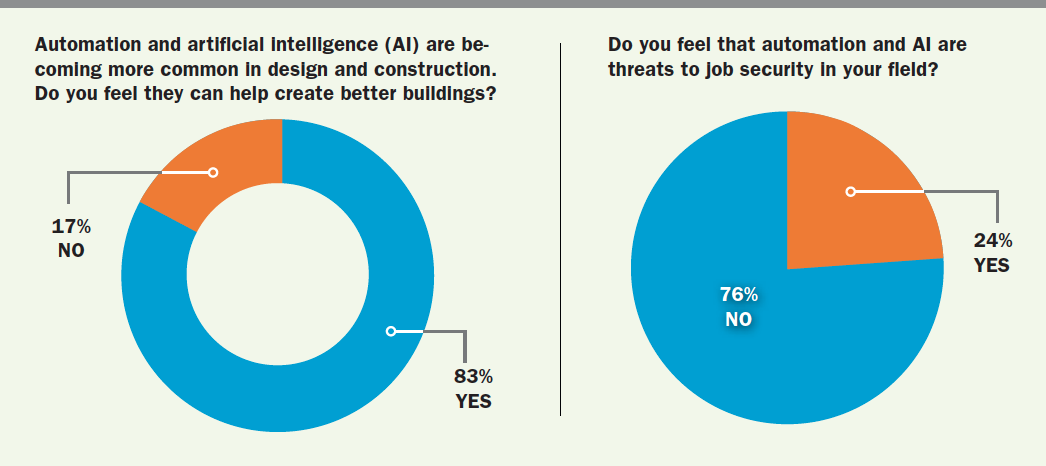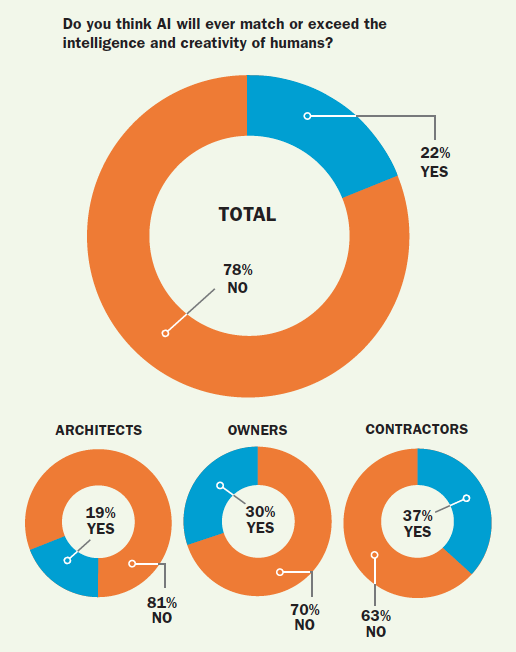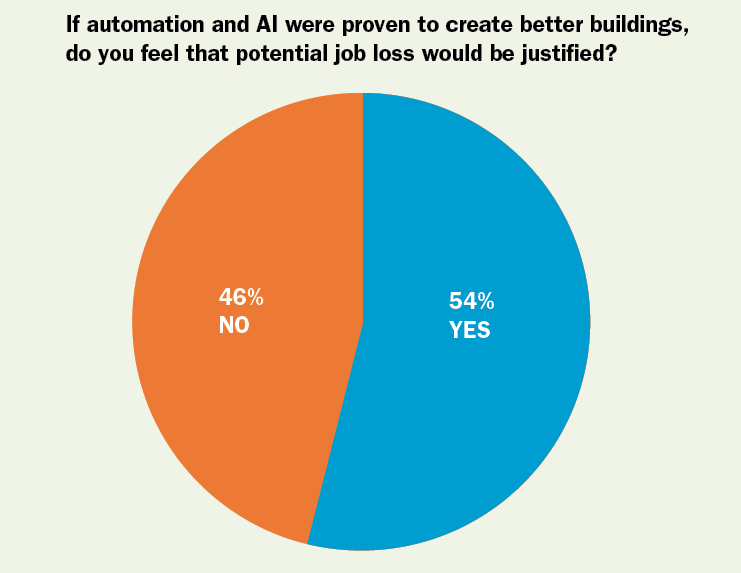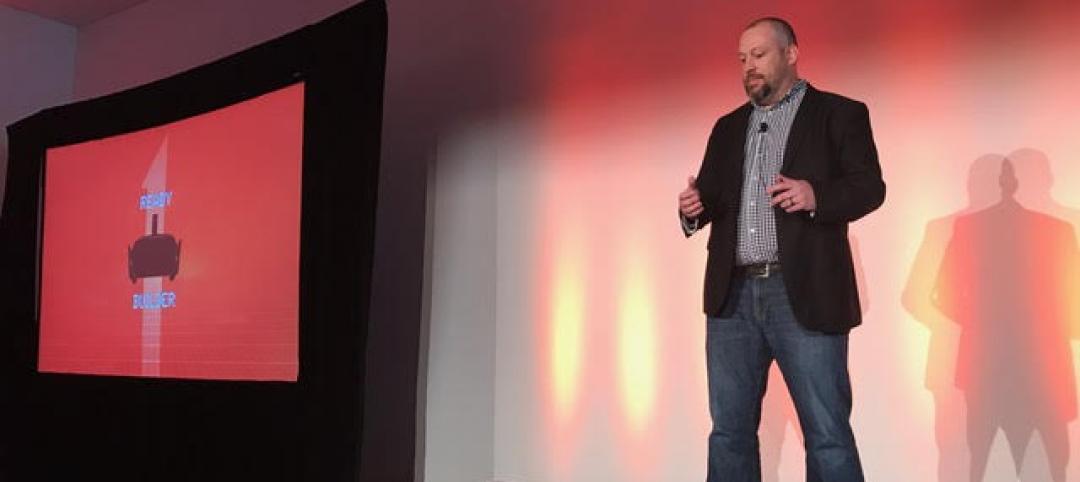In 2013, Chieh Huang and others launched Boxed, an online wholesale retailer that quickly grew to over $100 million in annual sales—largely through automation. Last year, for example, it roboticized its entire fulfillment center in New Jersey. As the new system was being installed, one line worker asked Huang, “Are you still going to need me when that thing goes live?” The company managed to redeploy everyone and not lose a single staffer. “Automation is great for profits,” Huang told Fortune, “but it’s a real potential trouble area for society.”
The numbers back this up. Forbes estimates that automation can improve productivity by 25-38% and save larger companies millions every year. At the same time, according a recent report from the McKinsey Global Institute, a third of the U.S. workforce and 800 million jobs worldwide could be replaced by 2030. Half of all work-related activities today are potentially automatable. At first blush, these stats suggest that automation is good for companies, but bad for jobs. Yet, the McKinsey report quotes a 1960s Federal commission: “Technology destroys jobs, but not work.” Yes, some Boxed employees lost their previous jobs, but no one was out of work. Greater productivity and efficiency can create new opportunities while eliminating others, and these changes signal seismic shifts in every industry.
This column is the first in a monthly series in BD+C that will address how automation and artificial intelligence (AI) will alter the nature of design and construction industry. Over the past couple of decades, computerized processes have significantly aided architects and builders by improving workflow, but to date those processes have not become automated on a large scale. Experiments in automated design and robotic construction remain just that—experiments. But that’s about to change.
A 2013 Oxford University study estimated that onsite construction jobs are 88% likely to be replaced by robots within a decade or two. That’s nearly nine out of every 10 bricklayers, carpenters, and anyone who picks up a hammer or shovel. “There will come a day when no human labor is present on any construction site,” robotics expert A. Scott Howe told me a decade ago.
What about architects and engineers? The Oxford study calculates the probability of eliminating engineers as only 10-13%, while the loss of architects is less than 2% likely. Yet, technology guru Kevin Kelly isn’t so sure. “Robot replacement is just a matter of time,” he wrote in Wired in 2012. “It doesn’t matter if you are a doctor, lawyer, architect, reporter, or even programmer.”
We asked BD+C readers to weigh in, and our recent survey presents a fascinating snapshot of the industry’s excitement and anxiety about technology. The vast majority of respondents have a positive view, with 83% agreeing automation and AI can help create better buildings. Designers and builders vary only slightly, with 81% of designers and 89% of builders agreeing. When asked whether automation threatens job security, only 24% say “yes.” A quarter of contractors see any risk, even though the evidence suggests otherwise.
Over three-quarters (78%) of everyone polled say AI will never match human intelligence, but the variation between designers and contractors is nearly 20 points—81% of designers and 63% of contractors. Meanwhile, AI experts such as Google’s Ray Kurzweil insist that computers will meet or exceed human intelligence by the middle of this century.

The question about which readers seem most ambivalent is whether automation’s ability to create better structures justifies job loss in the industry. A slight majority (54%) answered affirmatively: 52% of designers and 58% of contractors. So designers are almost perfectly divided on this question: they are convinced AI can improve architecture, but they aren’t threatened by this fact, and they are torn about whether the improvements justify fewer jobs.
In the coming months, we will unpack all of this. How will automation advance the built environment, and how will it affect traditional practices and professions? And what are the aims of our industry: to create more opportunity for ourselves or to enhance communities?
Let us know your questions and views. We’re all ears. Contact me at https://lancehosey.com/contact/.
Lance Hosey, FAIA, LEED Fellow, is a Design Director with Gensler. His book, The Shape of Green: Aesthetics, Ecology, and Design, has been an Amazon #1 bestseller in the Sustainability & Green Design category.


Related Stories
| Jun 13, 2017
Accelerate Live! talk: A case for Big Data in construction, Graham Cranston, Simpson Gumpertz & Heger
Graham Cranston shares SGH’s efforts to take hold of its project data using mathematical optimization techniques and information-rich interactive visual graphics.
| Jun 13, 2017
Accelerate Live! talk: Scaling change in a changing industry, Chris Mayer, Suffolk Construction
Suffolk’s CIO Chris Mayer talks about the firm’s framework for vetting and implementing new technologies and processes.
| Jun 13, 2017
Accelerate Live! talk: Gaming tech in construction, Lucas Richmond, Gilbane
Learn why Gilbane’s Lucas Richmond is looking outside the AEC industry to build his rockstar gaming and media team.
| Jun 12, 2017
Accelerate Live! talk: The world's smartest buildings, Derik Eckhardt, Miller Hull Partnership
Discover what architect Derik Eckhardt learned during his worldwide tour of the globe’s smartest buildings, from Abu Dhabi to Amsterdam to Stuttgart to Dubai.
| Jun 12, 2017
Accelerate Live! talk: Preparing for the AI revolution, Alan Robles, Gensler
Gensler’s Alan Robles shares how the AEC Giant firm is preparing its project teams and clients for the coming artificial intelligence movement.
| May 24, 2017
Accelerate Live! talk: Applying machine learning to building design, Daniel Davis, WeWork
Daniel Davis offers a glimpse into the world at WeWork, and how his team is rethinking workplace design with the help of machine learning tools.
| May 24, 2017
Accelerate Live! talk: Learning from Silicon Valley - Using SaaS to automate AEC, Sean Parham, Aditazz
Sean Parham shares how Aditazz is shaking up the traditional design and construction approaches by applying lessons from the tech world.
| May 24, 2017
Accelerate Live! talk: The data-driven future for AEC, Nathan Miller, Proving Ground
In this 15-minute talk at BD+C’s Accelerate Live! (May 11, 2017, Chicago), Nathan Miller presents his vision of a data-driven future for the business of design.
AEC Tech | May 23, 2017
A funny thing may happen on the way to AI
As AI proves safe, big business will want to reduce overhead.
AEC Tech | May 11, 2017
Accelerate Live!: Social media reactions from BD+C's AEC innovation conference
BD+C's inaugural Accelerate Live! innovation conference took place May 11, in Chicago.









